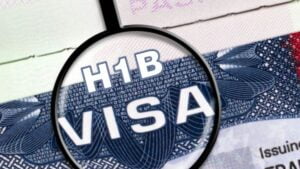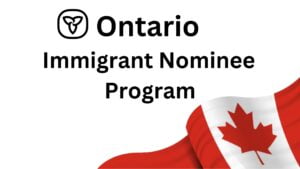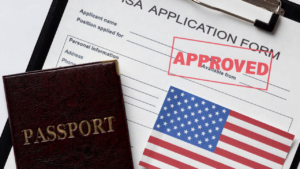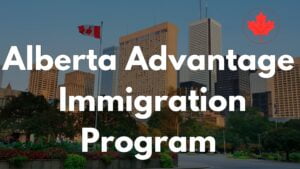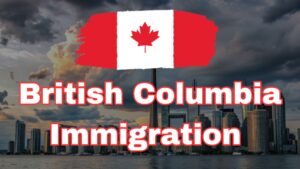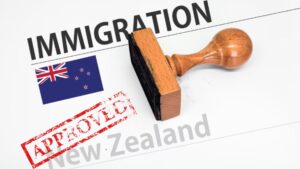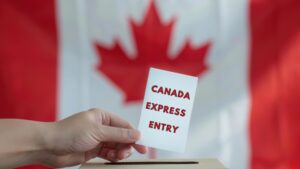Study in Singapore with Family: New Opportunity to Bring Your Parents or Grandparents with a Long-Term Visit Pass
Singapore has always been a leading destination country that stands for quality education in an exciting, multicultural environment. By its latest policy revision, the city-state has made studying abroad more attractive than ever before since the authorities now allow young students to bring their parents or grandparents along. This new policy will be a blessing because it will not only ease the transition of young students but will also provide them with comfort and support, as family members will be close by. Understanding of Long Term Visit Pass (LTVP) to Family Members Before the introduction of the recent policy, male guardians, including fathers and grandfathers, could not apply for a Long-Term Visit Pass (LTVP) for their wards who were studying in Singapore. The policy change allows male guardians, including fathers and grandfathers, to escort their children or grandchildren with a Long-Term Visit Pass. It squarely shows Singapore’s effort in making itself an ideal destination for international students. Such a policy affords parents and grandparents the opportunity to be with their children and grandchildren who are pursuing studies in the country. This policy change ensures improvement in the student experience but also identifies with the national goal of attracting more international students to Singapore based on the value of family support in education. A Step-by-Step Guide on How to Apply for a Long-Term Visit Pass in Singapore If you are one of those parents or grandparents who plans to move to Singapore with a student, here is a detailed guide to help you through the procedure for applying for a Long-Term Visit Pass. 1. Required Documents Before lodging an application, first make sure you have the following documents: All documents have to be original, while non-English ones should be translated and accompanied by an official translation. A recent colour digital photo of the applicant (400 x 514 pixels).A valid travel document (passport). Student’s Birth Certificate.Student’s parents birth certificates. Household Register of the student’s parents. Marriage Certificate of the student’s parents.Divorce Certificates, Deeds of Separation, and approved court orders on the custody of children, if any. A letter issued by the student’s school indicating that the student is enrolled in the school. 2. Application Procedure Eligibility: Either of the student’s parents or grandparents may apply for one LTVP only. Local Sponsor: The sponsor must be a Singapore citizen or Permanent Resident who is 21 and above. The sponsor can log in to the ICA e-Service using Singpass to submit the application. 3. Fees At Submission: It costs SGD 45 for every application. After formalities are completed: It costs SGD 60 for the issuance of the LTVP.In cases where a Multiple Journey Visa is necessary, an additional SGD 30 is required. Note that none of the application fees are refundable. All fees should be paid online with:A valid Visa or MasterCard credit or debit card.American Express AMEX credit card.Direct debit via the internet from your DBS/POSB, OCBC, UOB, and Standard Chartered Bank internet banking accounts in Singapore.PayNow. 4. Processing Time Under normal circumstances, the processing time is six weeks if all documents are in place and are valid. Processing may take a little longer in some cases. 5. Application Result The outcome of the LTVP application will be notified via email. The applicant may also check his application status online via MyICA or e-Service. Benefits of LTVP for International Students and Their Families The Long-Term Visit Pass is very useful, not only for the students but for the accompanying family members. To the student, with an available parent or grandparent around, the former feels the latter’s emotional support and security in adjusting to his new environment. On the part of the parents and grandparents, LTVP would mean that they are near their children or grandchildren and at the same time enjoying life in Singapore. On the other side of the coin, the LTVP is part of the Singapore plan’s bigger aim of pulling more and more surrenderees by making the nation more family-friendly. By trying not to lose out on family togetherness in education, it retains and enhances its growing reputability as a student international city. Conclusion The new policy by Singapore, to let international students bring in their parents or grandparents under the Long-Term Visit Pass, is a great step towards improving the student experience. The policy does not only encourage comfort and support among their students but, by extension, rather coincides with the city-state’s goal of attracting, retaining, and developing international talent. To a young man looking to study in Singapore, this new policy will make the already enriching learning experience available in the city-state even better with the idea that your loved ones can be with you.


